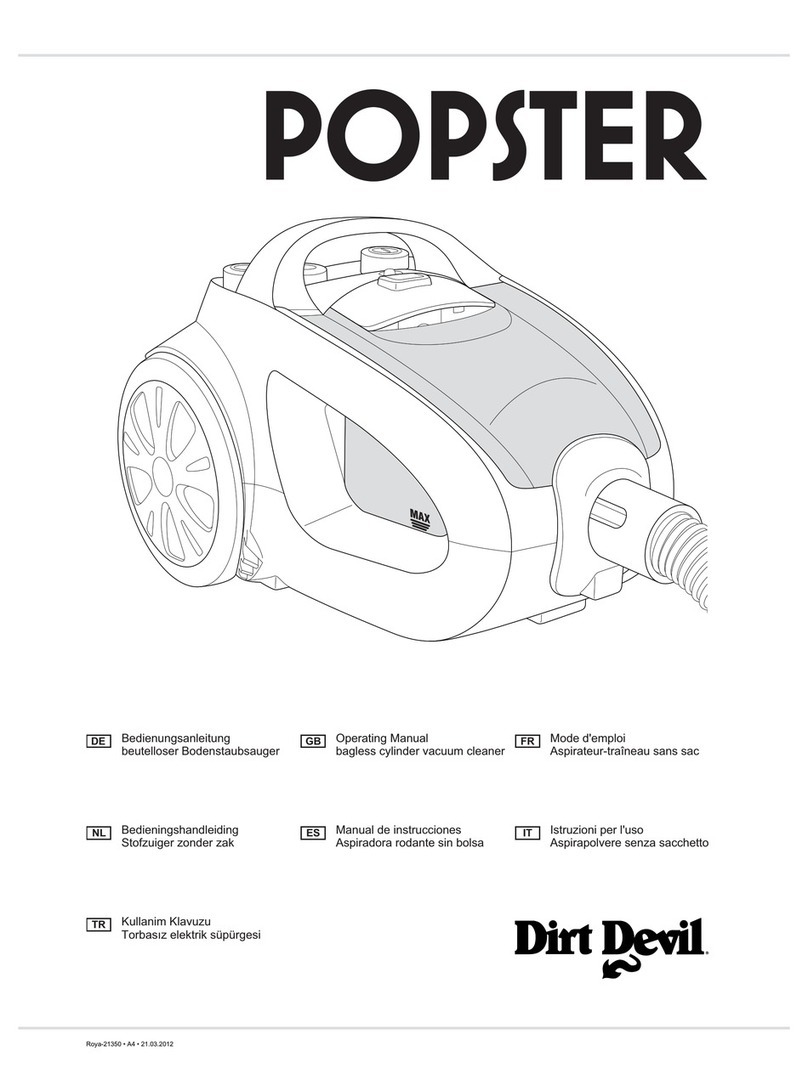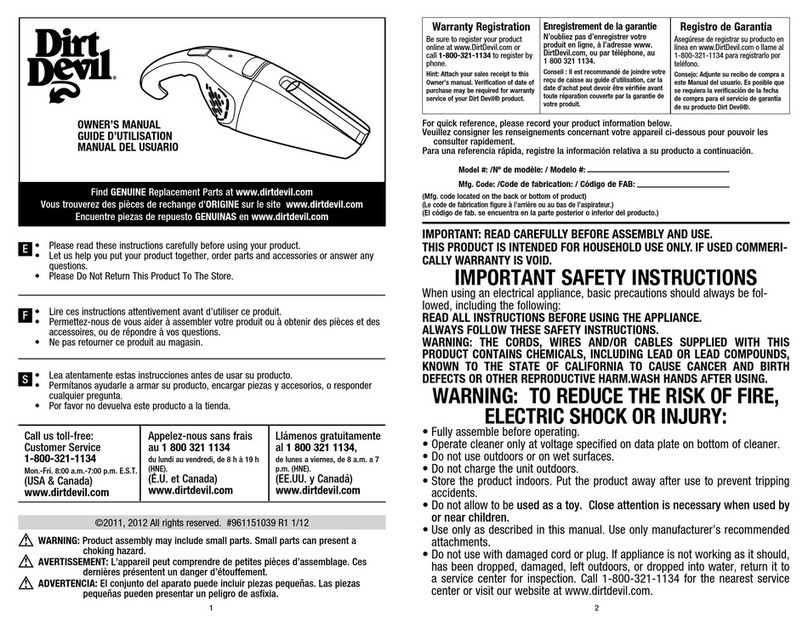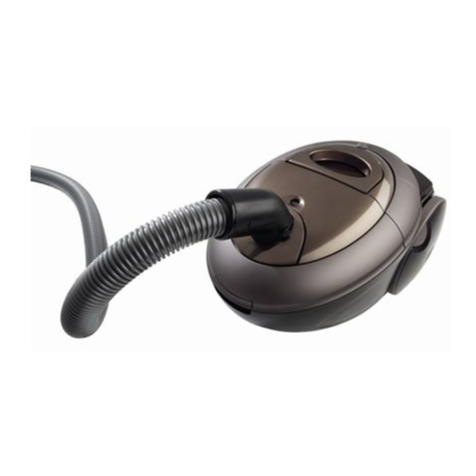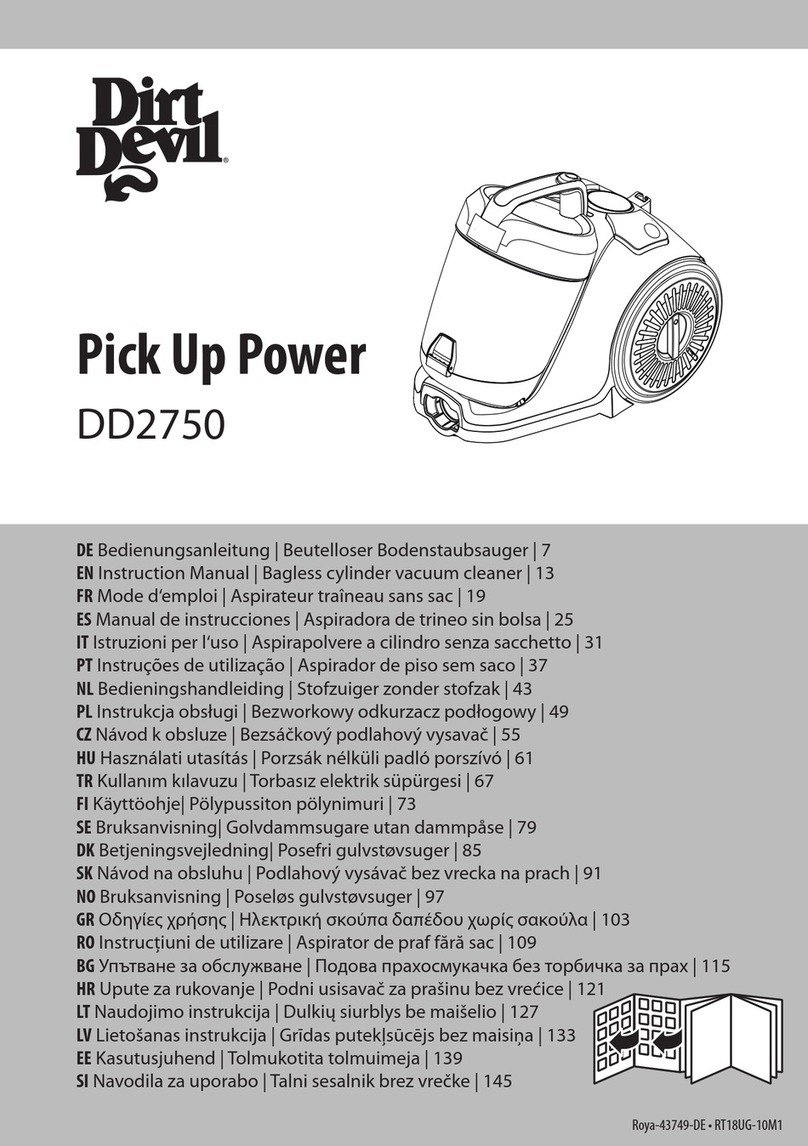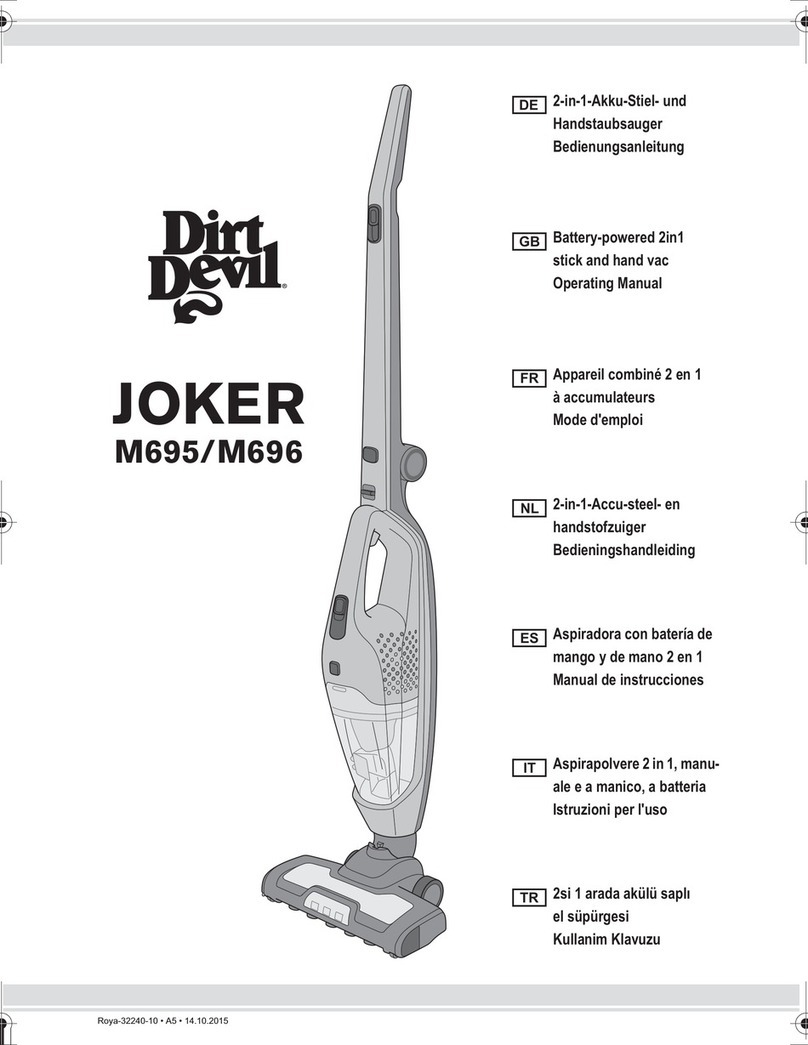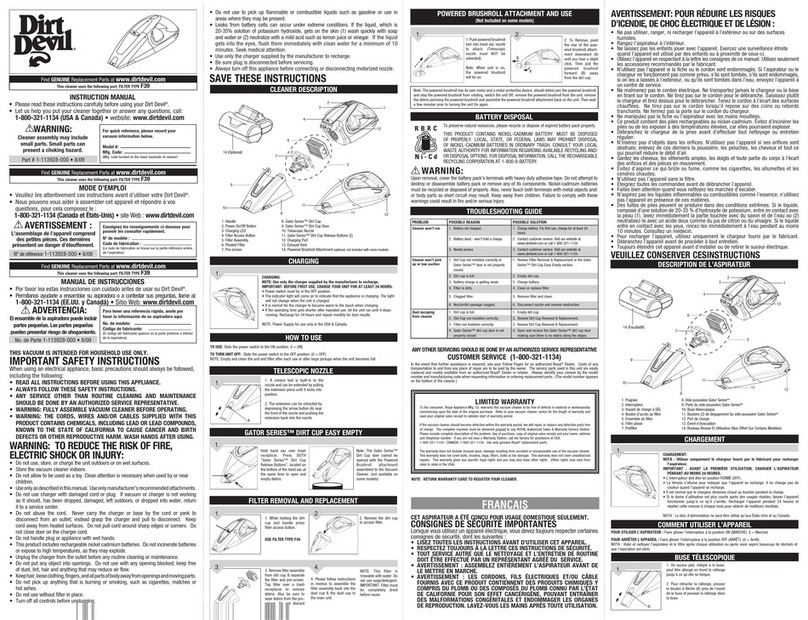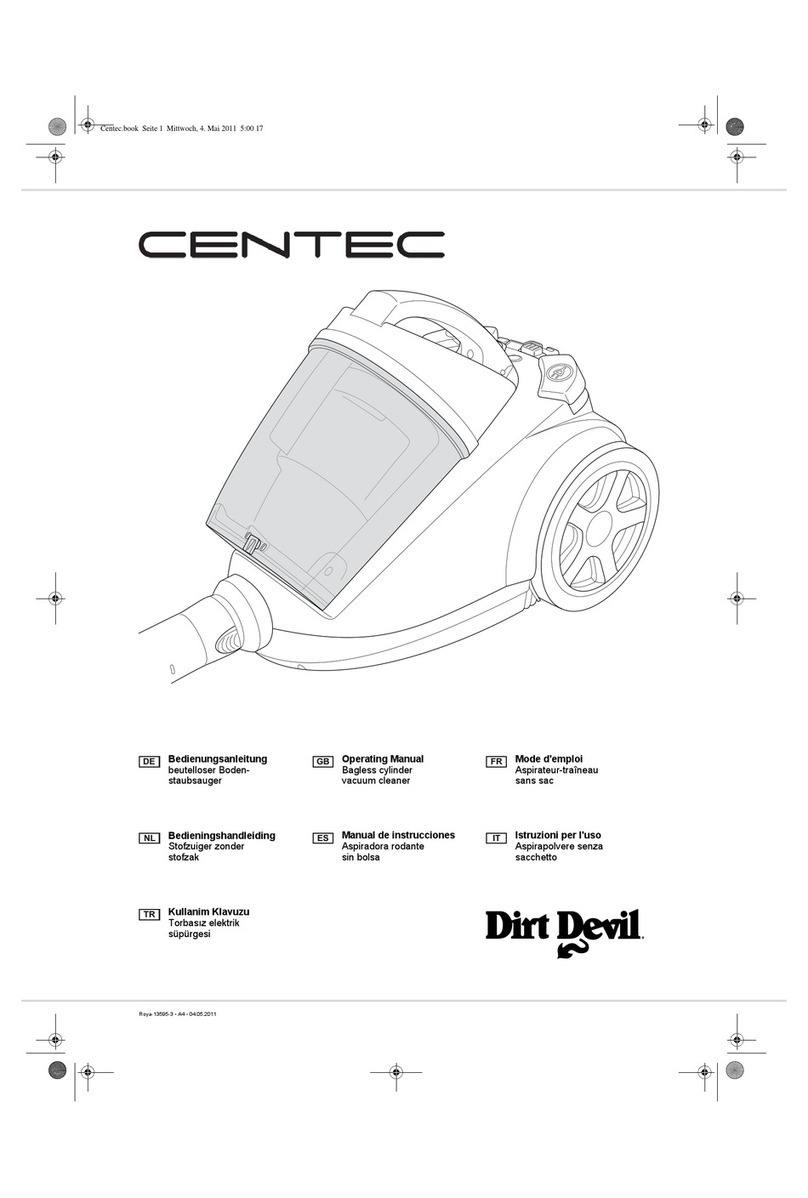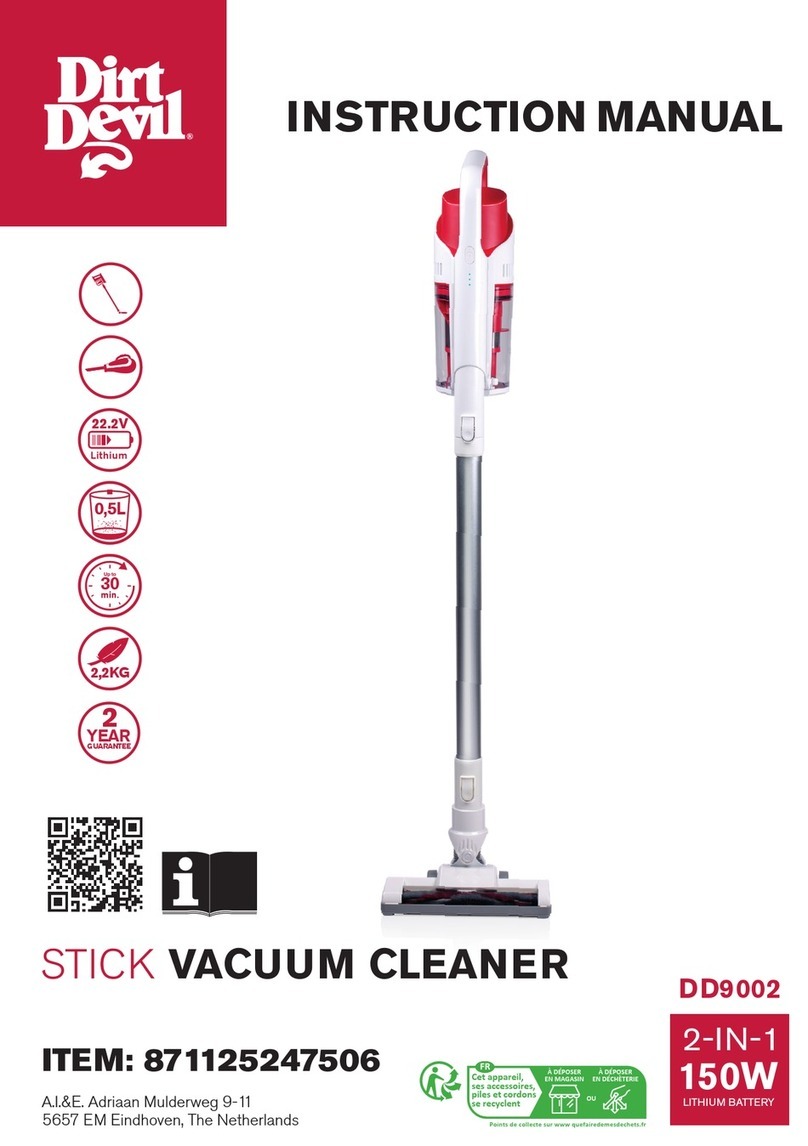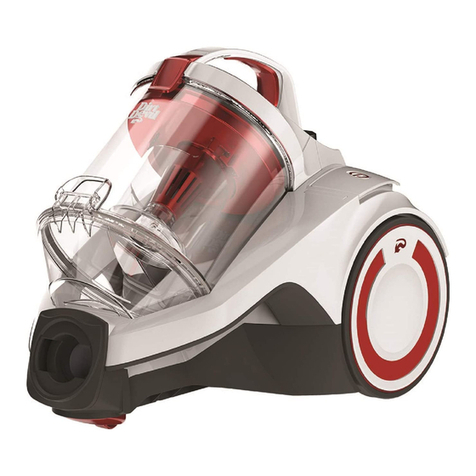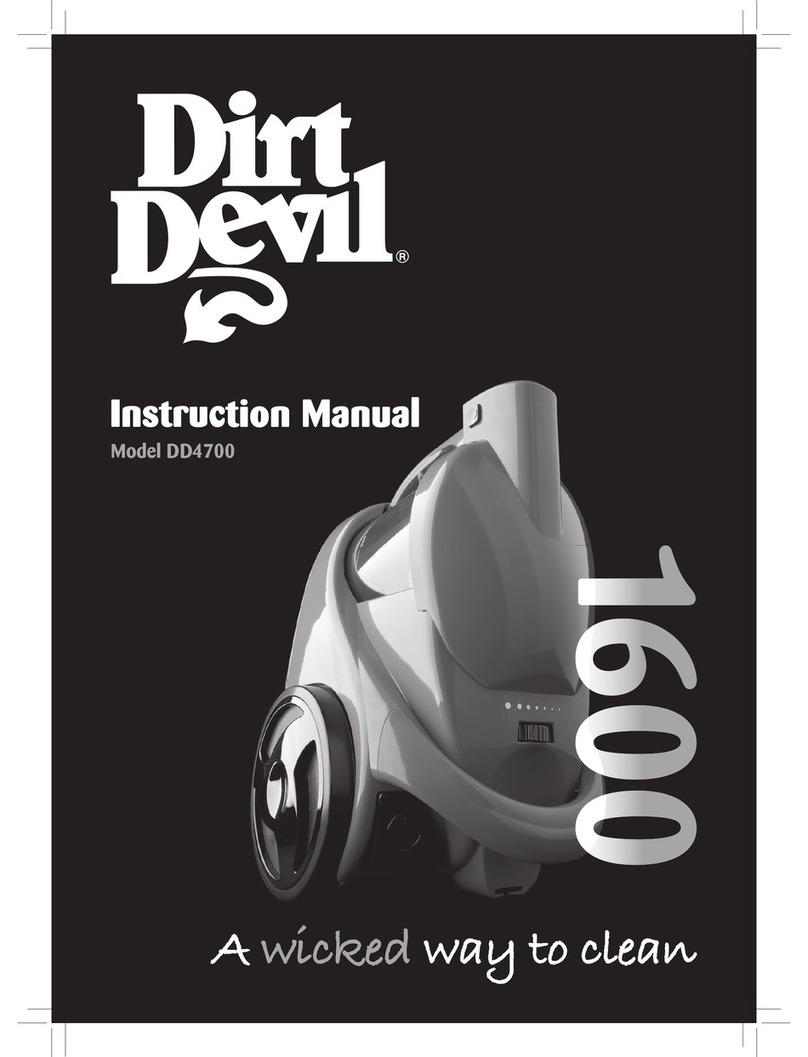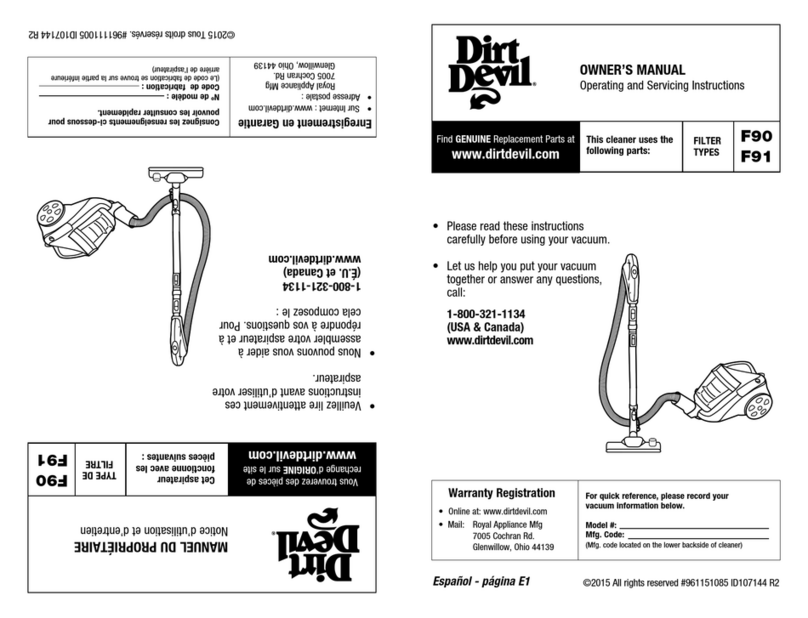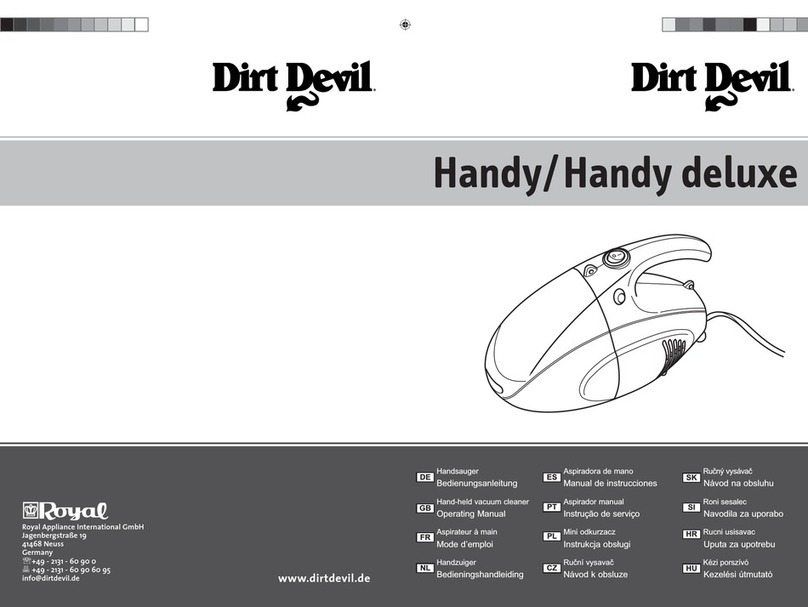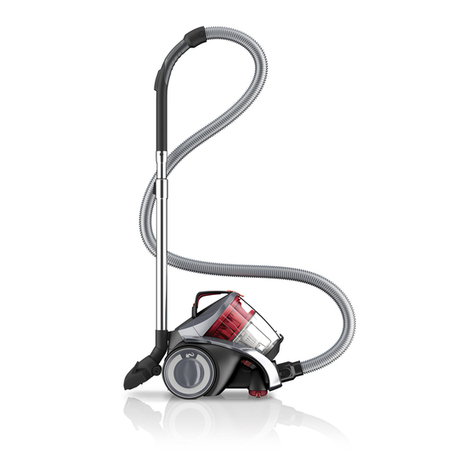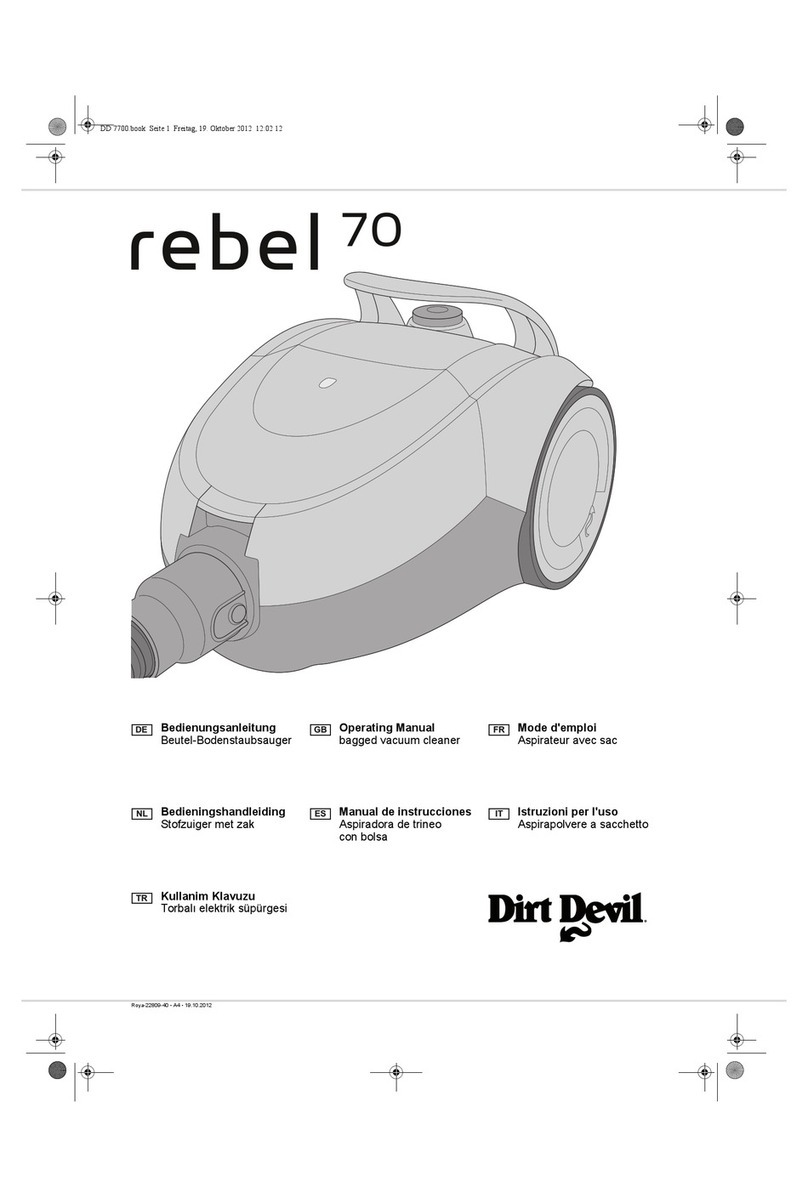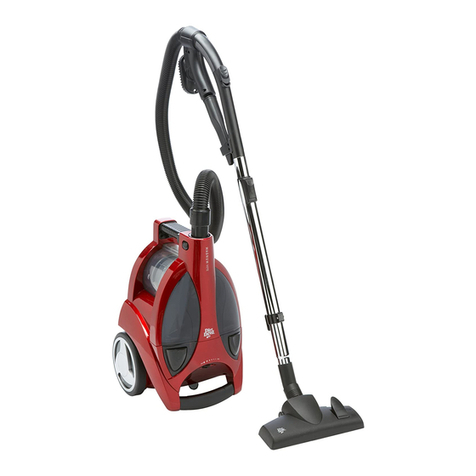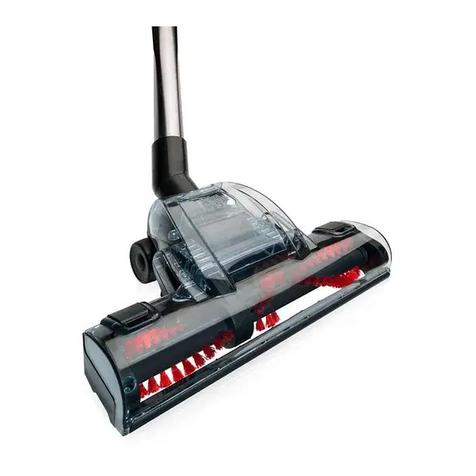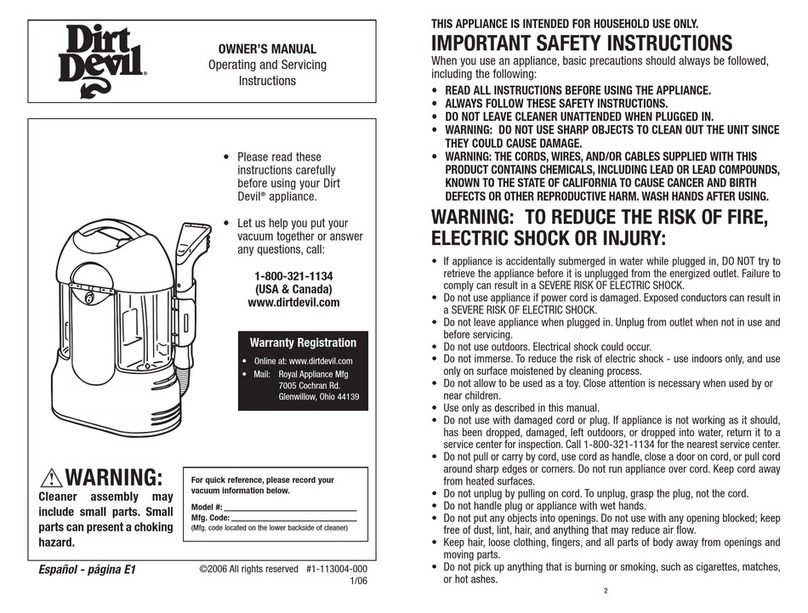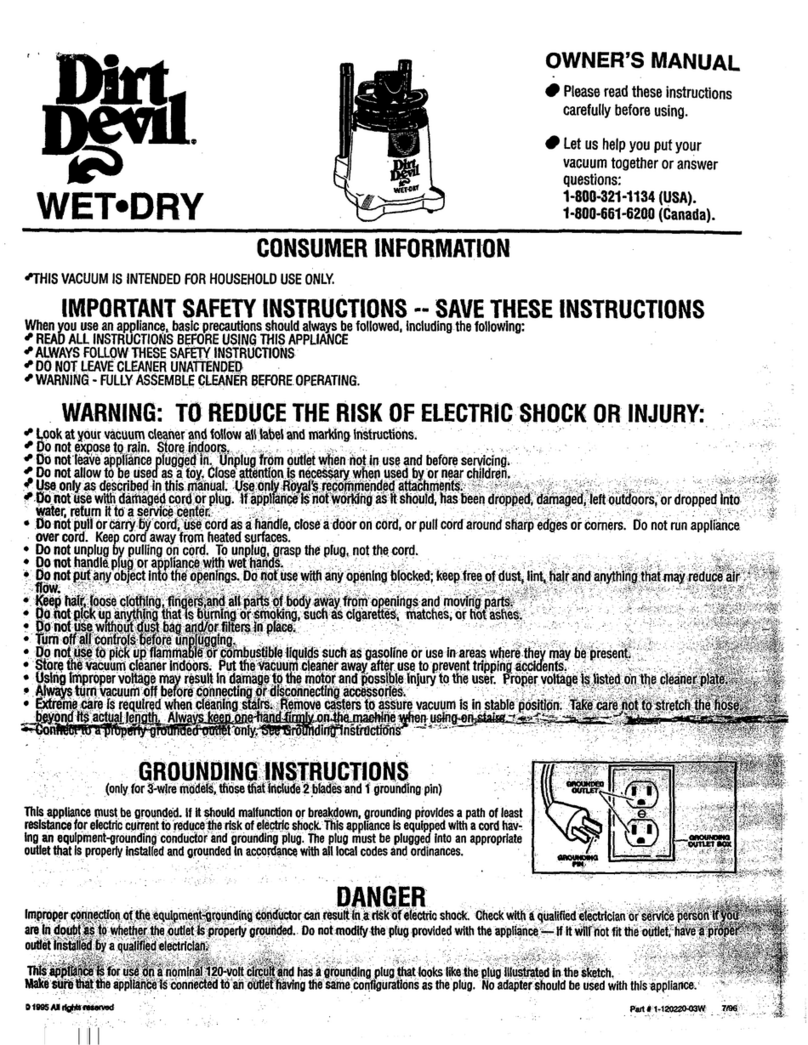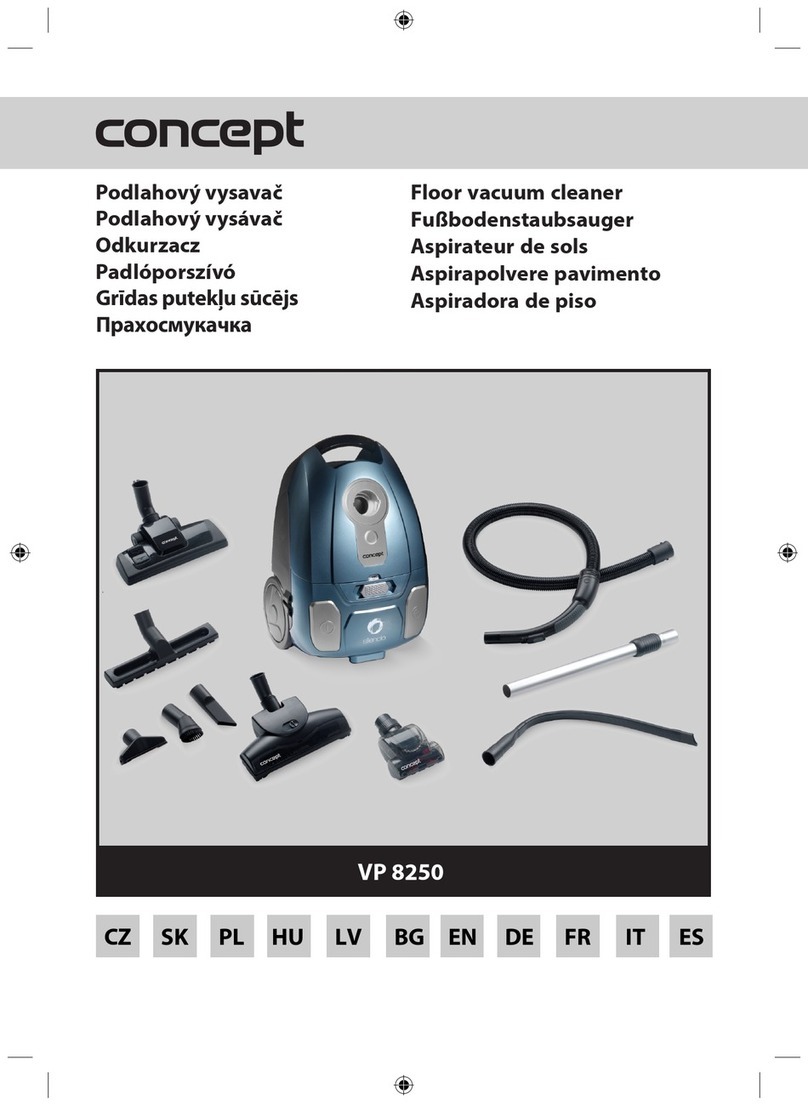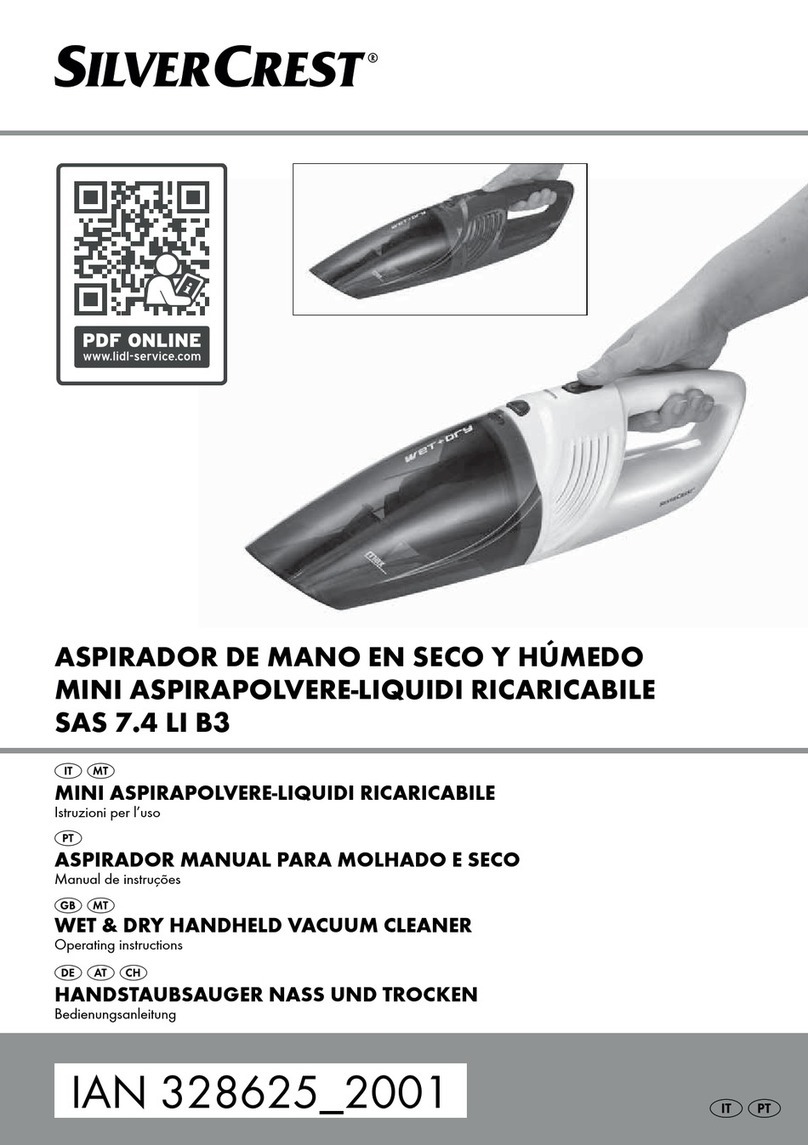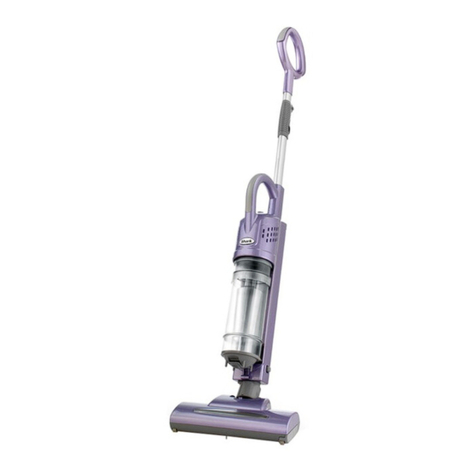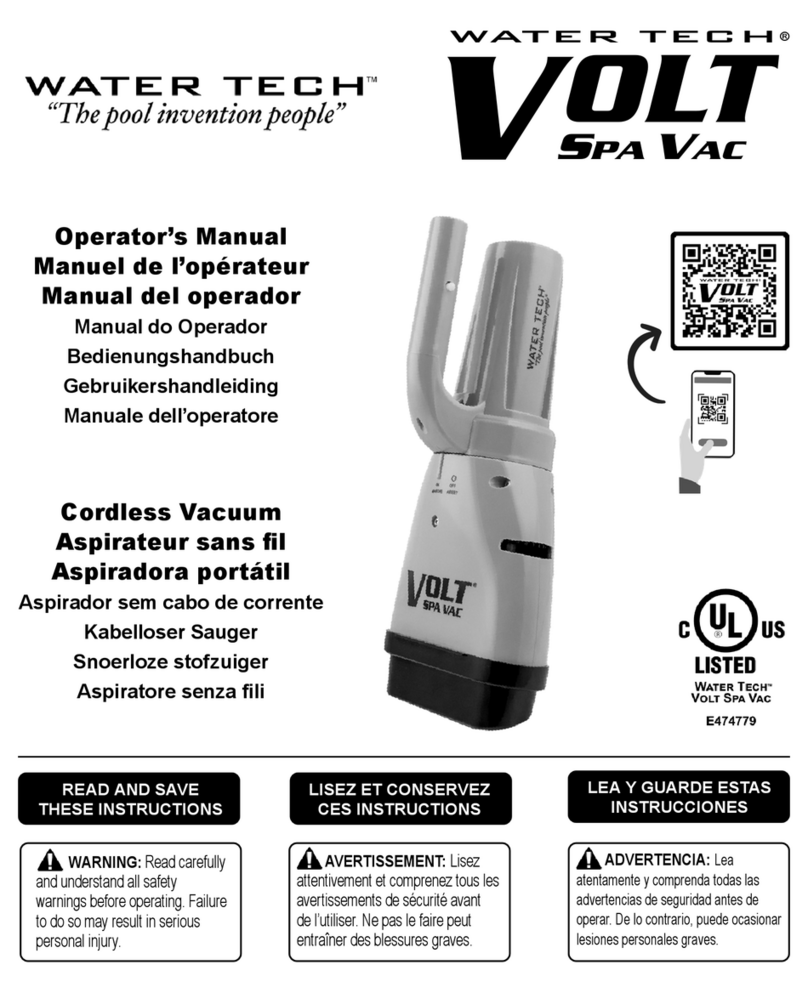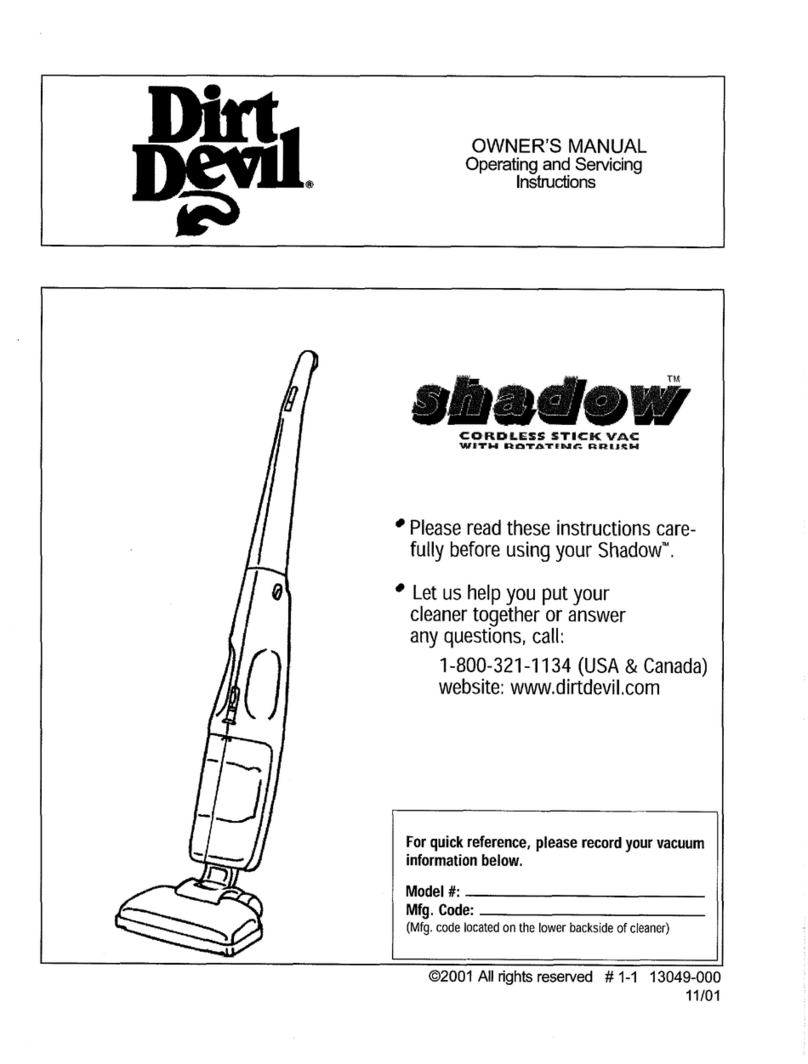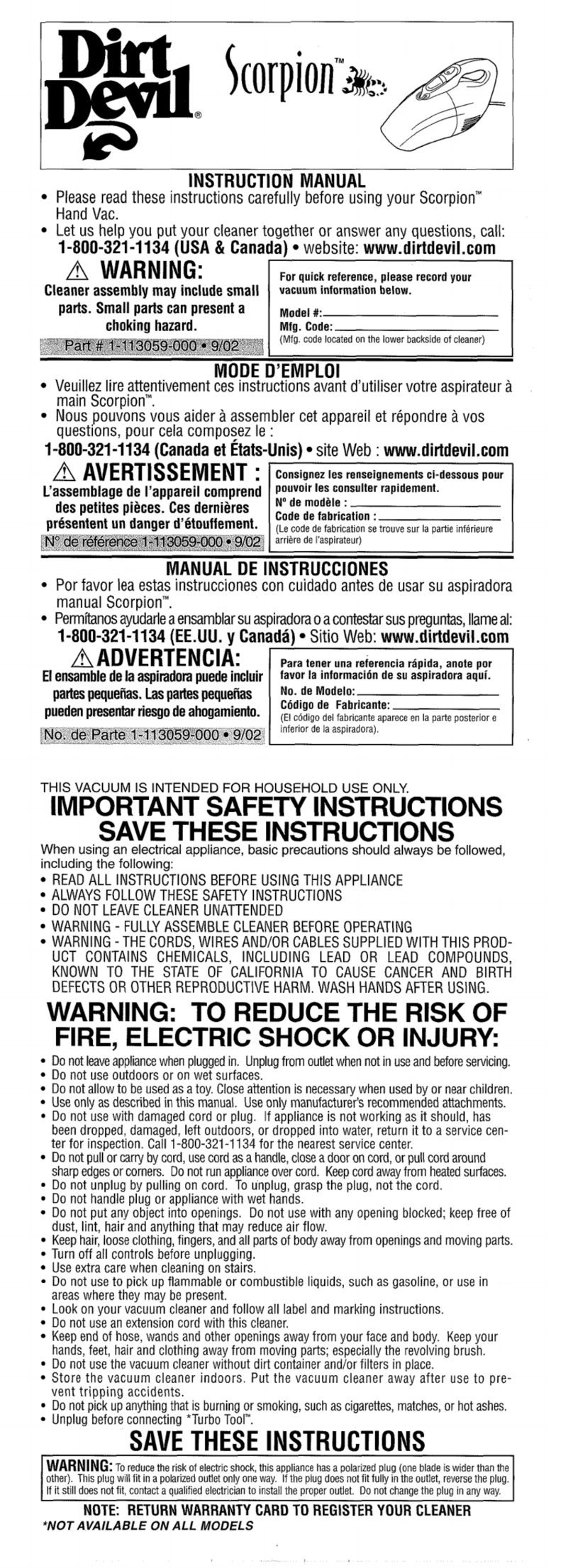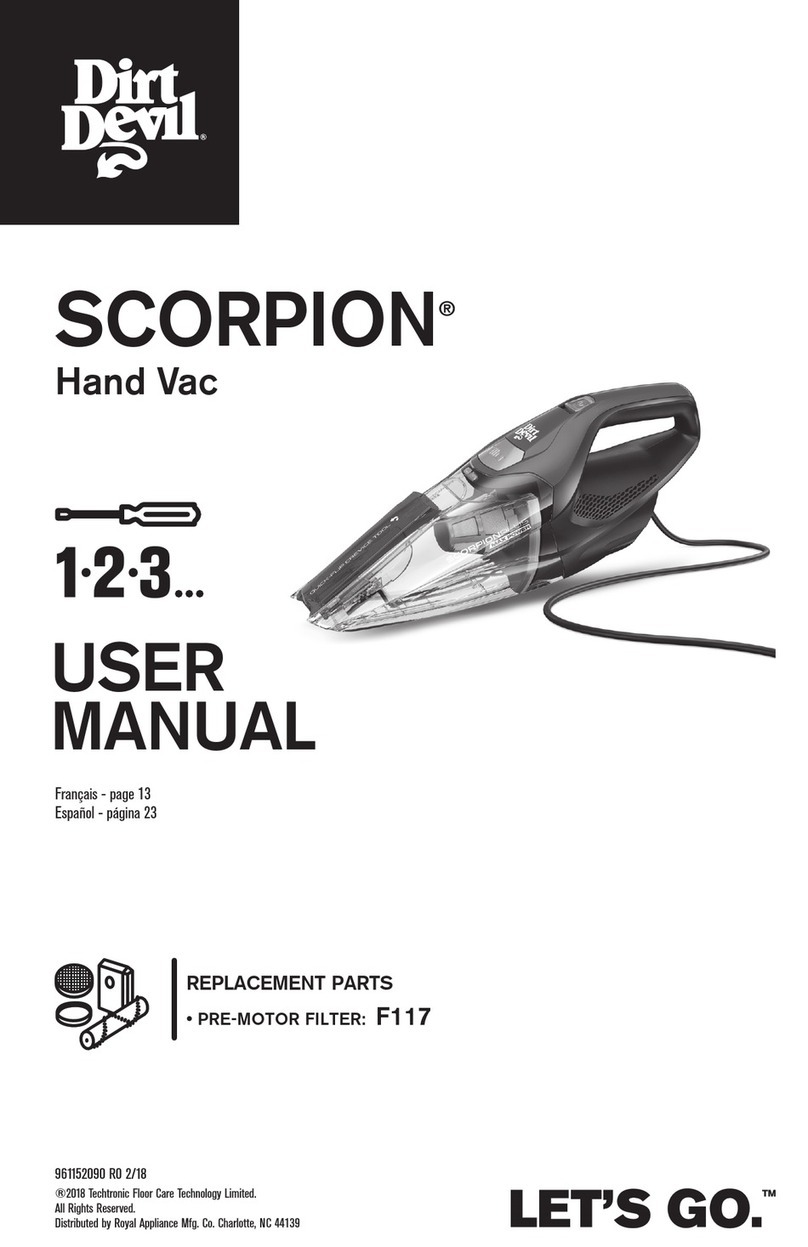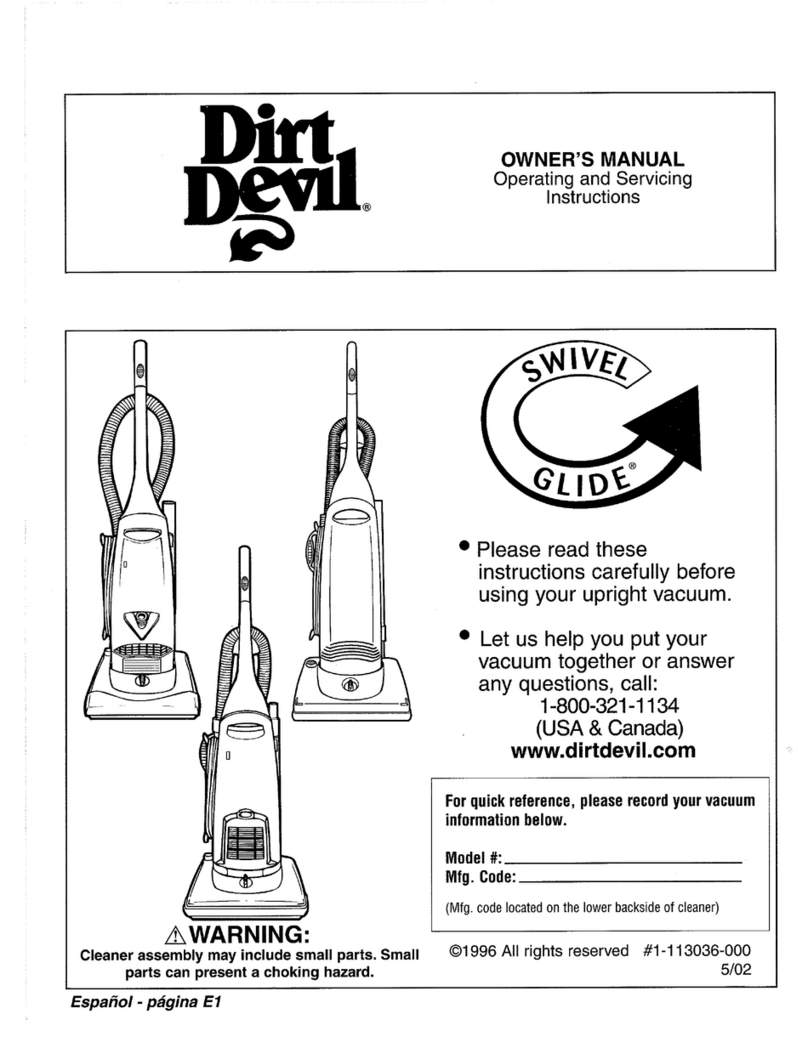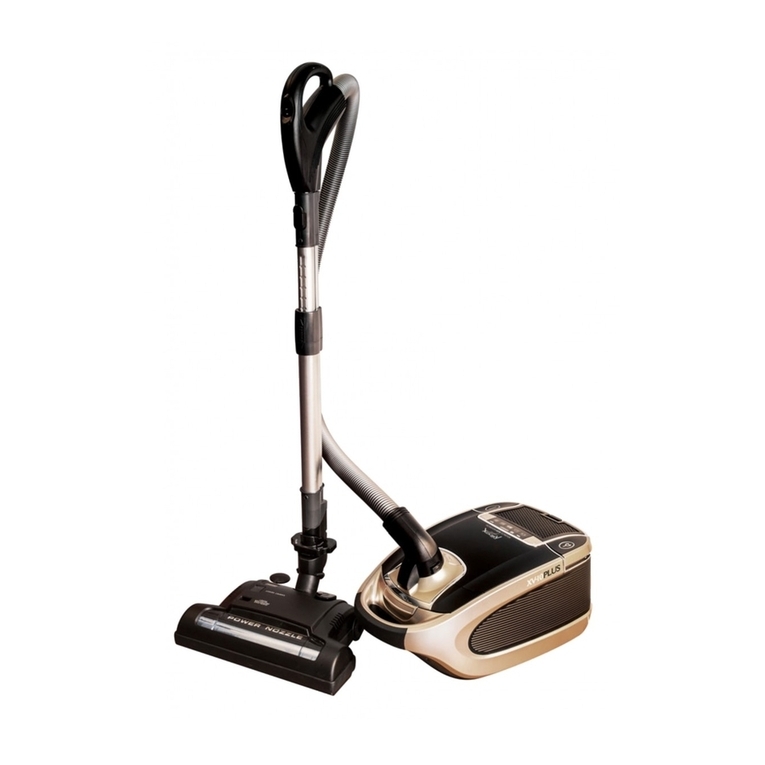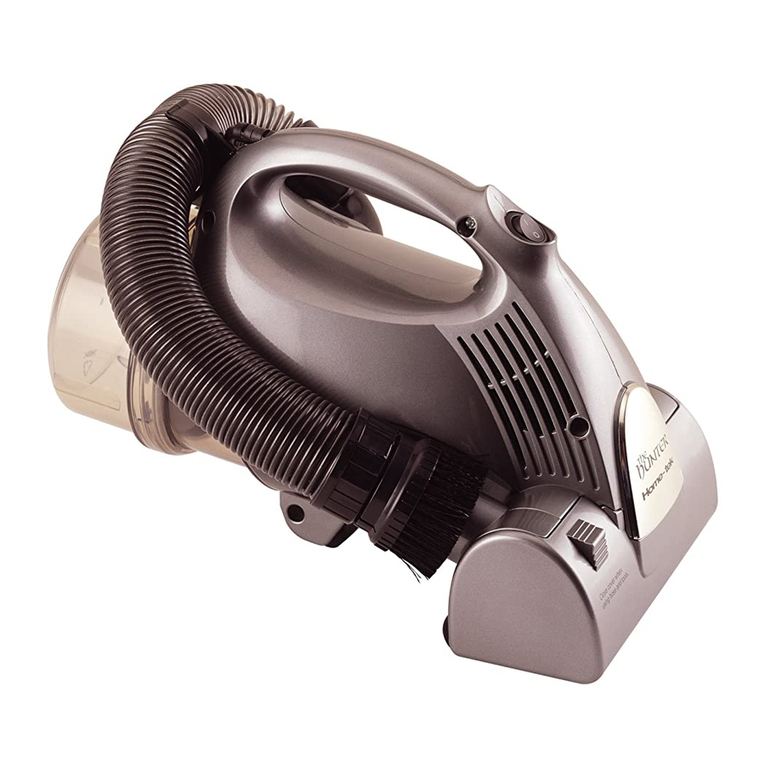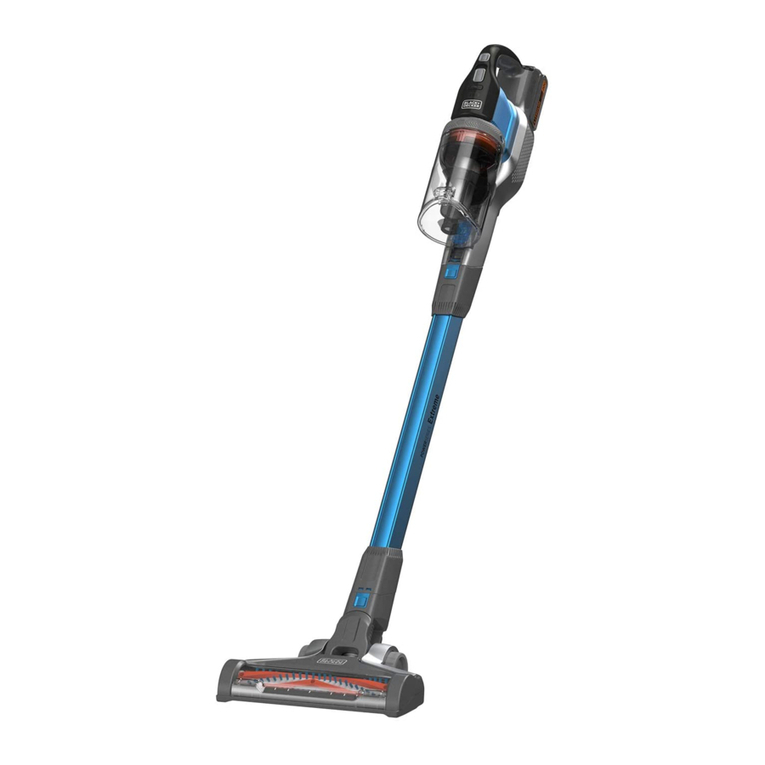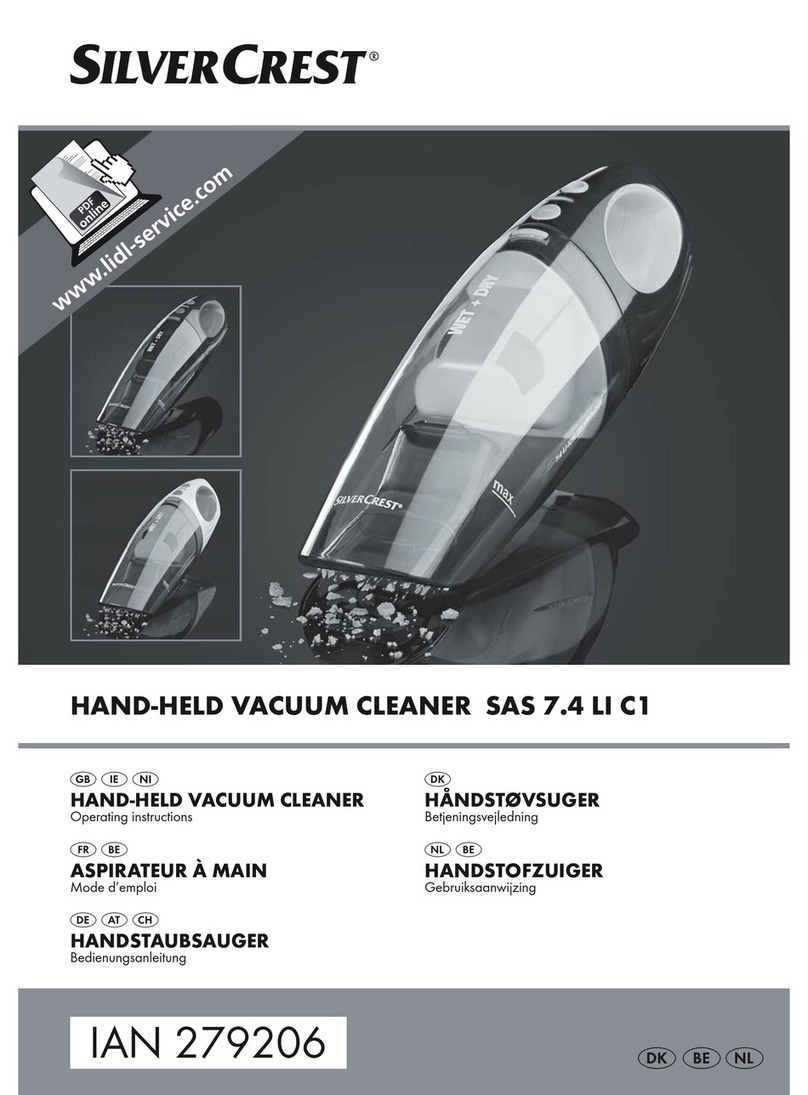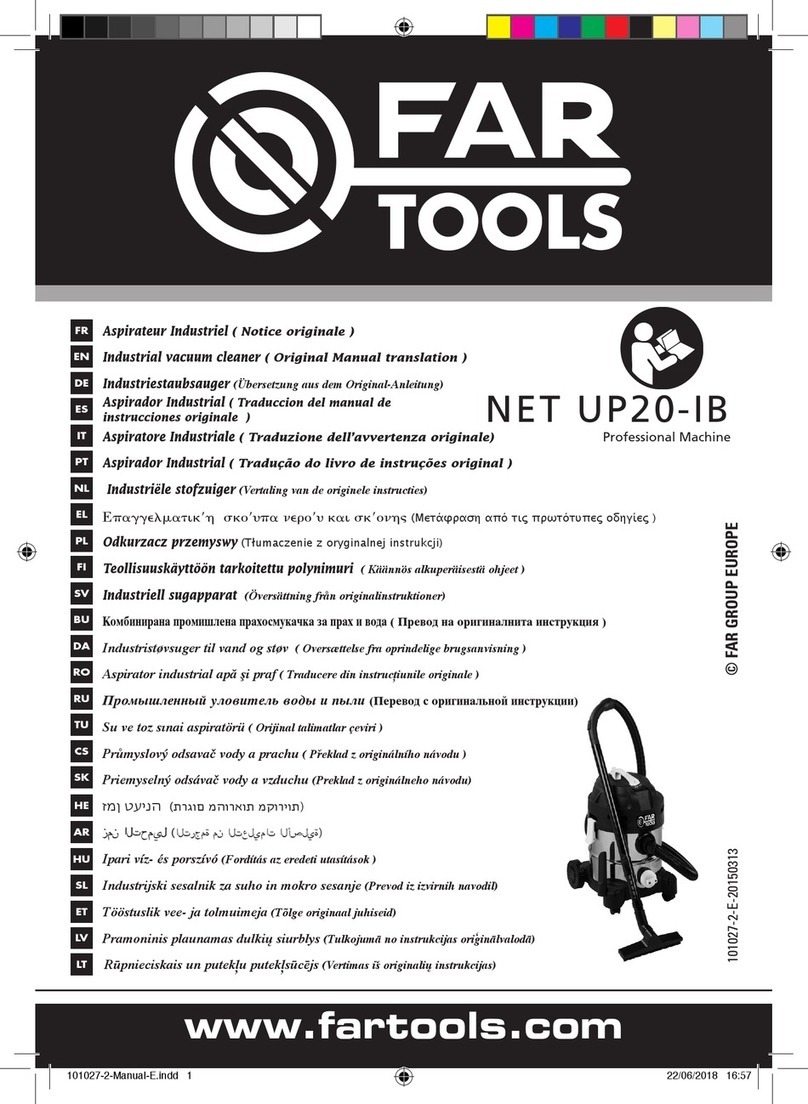Read the operator’s manual care-fully.
Learn the machine’s applications and limitations as well as the
specic potential hazards related to this product.
keep children and visitors
away. All visitors should wear safety glasses and be kept a safe
distance from work area.
Don’t force product or attachment to
do a job it was not designed for. Don’t use it for a purpose not
intended.
Do not wear loose clothing, gloves, neckties,
or jewelry. They can get caught and draw you into moving parts.
Rubber gloves and nonskid footwear are recommended when
working outdoors. Also wear protective hair covering to contain
long hair.
Wear
protective footwear that will protect your feet and improve your
footing on slippery surfaces.
Following this rule will reduce
the risk of serious personal injury.
The use of improper
accessories may cause risk of injury.
Before further use of the product,
a guard or other part that is damaged should be carefully
checked to determine that it will operate properly and perform
its intended function. Check for alignment of moving parts,
binding of moving parts, breakage of parts, mounting, and any
other conditions that may affect its operation. A guard or other
part that is damaged must be properly repaired or replaced by
an authorized service center to avoid risk of personal injury.
Don’t leave product until it comes to a complete stop.
to
reduce the chance of a re hazard.
Always use a clean cloth when cleaning. Never use brake uids,
gasoline, petroleum-based products, or any solvents to clean
product.
Remove all
objects such as rocks, broken glass, nails, wire, or string
which can be thrown or become entangled in the
machine.
Have
defective switches replaced by an authorized service center.
Don’t expose to rain. Keep
work area well lit.
Never use the cord to carry the
product or to disconnect the plug from an outlet. Keep cord
away from heat, oil, sharp edges, or moving parts. Replace
damaged cords immediately. Damaged cords increase the risk
of electric shock.
Receptacles are available having
built-in GFCI protection and may be used for this measure of
safety.
The plug will t into a polarized extension cord only one way. If
the plug does not t fully into the extension cord, reverse the
plug. If the plug still does not t, obtain a correct polarized exten-
sion cord. A polarized extension cord will require the use of a
polarized wall outlet. This plug will t into the polarized wall outlet
only one way. If the plug does not t fully into the wall outlet,
reverse the plug. If the plug still does not t, contact a qualied
electrician to install the proper wall outlet. Do not change the
equipment plug, extension cord receptacle, or extension cord
plug in any way.
When using an extension cord, be sure to use one heavy enough
to carry the current your product will draw. A wire gauge size
(A.W.G.) of at least is recommended for an extension cord
25 feet or less in length. If in doubt, use the next heavier gauge.
The smaller the gauge number, the heavier the cord. An under-
sized cord will cause a drop in line voltage resulting in loss of
power and overheating.
Use outdoor extension cords marked SW-A,
SOW-A, STW-A, STOW-A, SJW-A, SJTW-A, or SJTOWA. These
cords are rated for outdoor use and reduce the risk of electric
shock.
Keep handles dry, clean, and free from oil or
grease.
close doors and
windows. Clear the area to be cleaned of debris, toys, outdoor
furniture, or other objects that could create a hazard.
in
this product. These products can cause physical injuries to the
operator and irreversible damage to the machine.
417
1
7
2
8
39
4
10
5
11
6
1. Switch
2. Vacuum Port
3. Hose
4. Dusting Brush
5. Wide Accessory Tool
6. Crevice Tool
7. Tank
8. Latch
9. Blower Port
10. Power Cord
11. Handle
Insert one end of the hose into the air inlet of the vacuum cleaner for vacuuming. To use the unit as a blower
instead insert one end of the hose into the blower port
If you want to take the hose off, pull to remove it from the air inlet or blower port.
First connect the hose to the unit, next attached the desired accessory to the available hose end.
Unlatch both the front & rear latches of the motor housing from the tank, then pull up on the handle of the unit.
Fit the lter over the oat cage & secure with the retainer band. To remove, rst remove the retainer band,
then remove the lter from covering the oat cage.
Make sure the lter is completely covering the lter cage; there are no gaps between the lter & thelid.
It is very important to assy lter properly to reduce the risks of leaks and possible damage to the vacuum.
1. The lter must always be in correct position to reduce the risk of leaks and possible damage to vac. Make sure
that the lter is completely covering the lter cage and that the retainer band is as close to the lid as possible.
Make sure there are no gaps between the lter and the lid. (See illustration). It is very important to assemble
the lter to the cage without allowing any possible leaks or tears. Any leaks will allow the picked up media to be
blown out of the blower port and back into the surrounding environment.
2. To maintain peak performance of your vac when picking up small debris such as sawdust, it may be helpful to
empty the dust drum and clean or replace the lter at more frequent intervals.
NOTE: The lter should be dry to pick up dry material. If you use your vac to pick up dry debris when the lter is
wet, the lter will clog quickly and be very difcult to clean.In case the lter gets wet, replace it before continu-
ing dry pickup.











